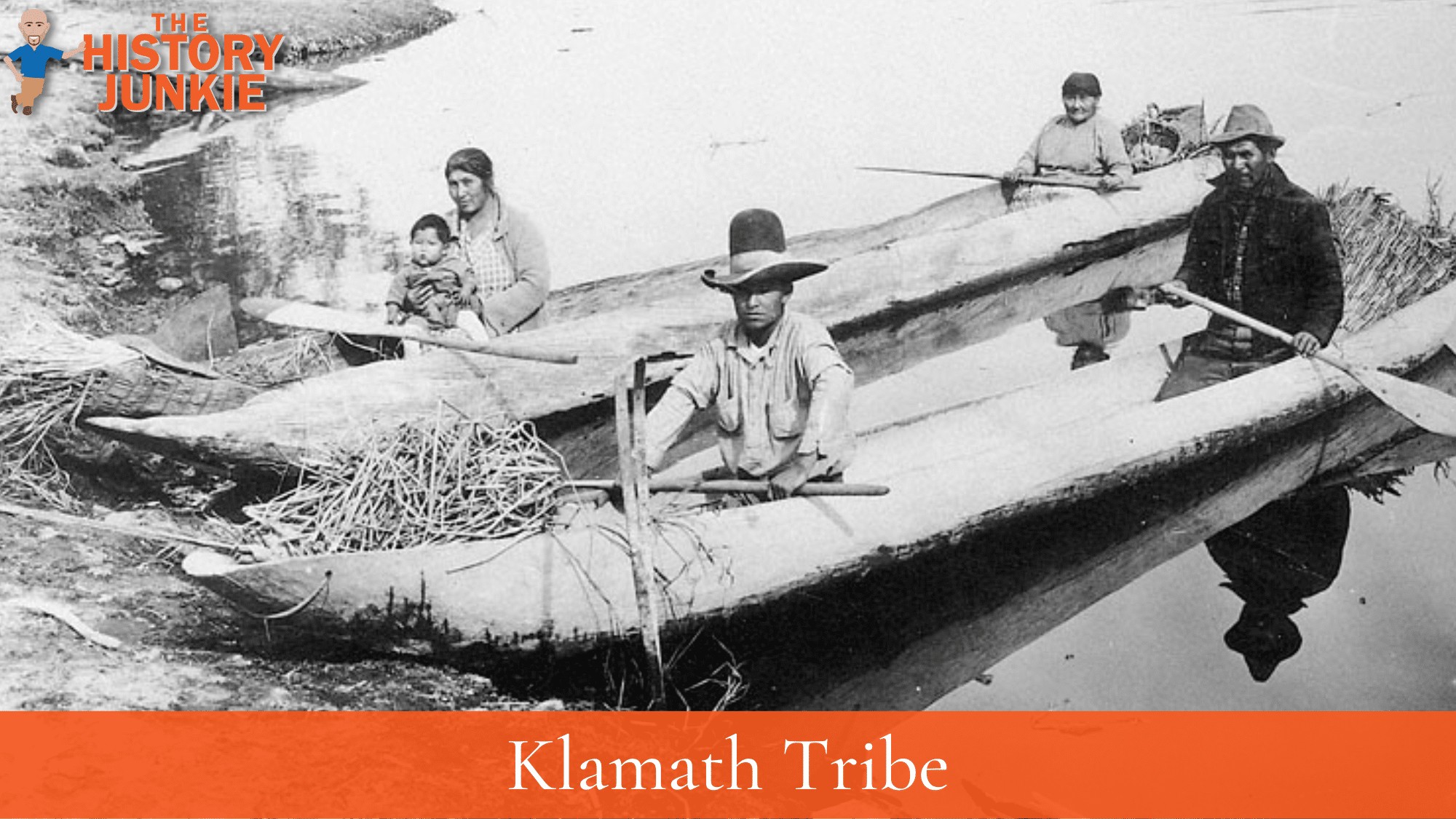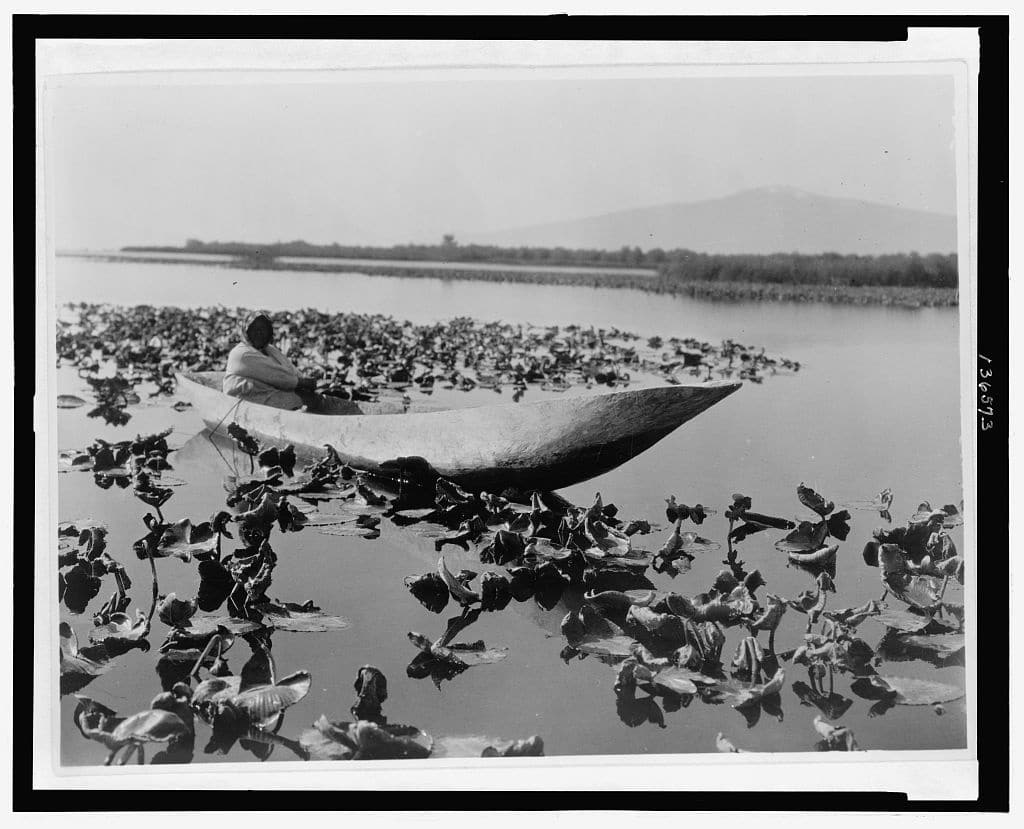
Jump to:
#1. The Klamath Tribe was More Individualistic Than Communal
The Klamath Tribe was a Plateau Indian Tribe that lived in southern Oregon and Northern California.
One of the features that made them unique and differentiated them from many other Native Americans was their individualistic approach to living.
Many tribes had a communal form of living in that they shared wealth and resources for the benefit of the tribe. This was not the case for the Klamath tribe, who believed that an individual could accrue wealth. They thought if you worked hard and had a good reputation, then the wealth you earned was yours.
When the Klamath tribe came into contact with fur trappers and the American settlers, they seemed to adapt to their way of life much easier than some. This is due to the shared belief of individualism they had with those coming from different locations.
#2. The Klamath Were Hostile With The United States

During and after the Civil War, the Klamath tribe had hostilities with the United States. In 1864, they were moved to the Klamath Indian Reservation, where the tribe struggled to get traction in their new life.
This would be one of the few times that the Klamath people struggled and dealt with poverty. They were always resourceful people but were displaced and had ceded 6 million acres to the United States.
Missionaries, settlers, and ranchers followed as the Klamath assimilated. One of the early Indian agents was Rev. Linus M. Nickerson, a former U.S. Army Chaplain in the Civil War.
In addition to conducting worship services, establishing a Sunday School, and educating members of all tribes on the reservation. Nickerson helped plan for improvements.
#3. The Klamath Tribe Became One Of The Wealthiest Tribe In The United States

The resilient and resourced tribe again emerged as one of the wealthiest tribes in the United States at the turn of the 20th century.
Their land was not useful for farming, which meant that it was left alone by settlers coming into Oregon and California, but it did have a useful resource that the tribe capitalized on, which was the Ponderosa Pine.
The Ponderosa Pine was used for furniture, interior frames, and other resources that everyone used. This import made them completely self-sufficient by 1918 and, by 1950, extremely wealthy.
#4. The Klamath Termination Act Ended Federal Supervision
The Klamath Termination Act was a 1953 law under the US-Indian termination policy.
The Klamath tribe, along with the Flathead, Menominee, Potawatomi, and Turtle Mountain Chippewa, as well as all tribes in the states of California, New York, Florida, and Texas, were targeted for immediate termination by House Concurrent Resolution 108 of 1953.
The statement, which was issued on August 1, 1953, by the United States Congress, announced the official beginning of the federal Indian termination policy.
The tribes that were listed as being ready for immediate termination had been placed on a list prepared by acting Commissioner of Indian Affairs, William Zimmerman, because they met four primary criteria:
- Adequate resources
- They had adopted, to a certain degree, the cultural traits of the larger American culture
- They were willing to terminate federal trust obligations
- The state was willing to assume jurisdiction over its criminal and civil matters
#5. The Tribe Was Restored In 1986
The western Modoc were restored to tribal status on May 15, 1978, in an Act that reinstated the Modoc, Wyandotte, Peoria, and Ottawa Tribe of Oklahoma.
Almost a decade later, through the leadership and vision of the Klamath people and the assistance of congressional leaders, the Klamath Restoration Act was adopted into law in 1986, reestablishing the Klamath as a sovereign state.
Although the land base was not returned, the Klamath Tribes were directed to compose a plan to regain economic self-sufficiency.
Their Economic Self-sufficiency Plan reflects the Klamath Tribes' continued commitment to playing a pivotal role in the local economy.
